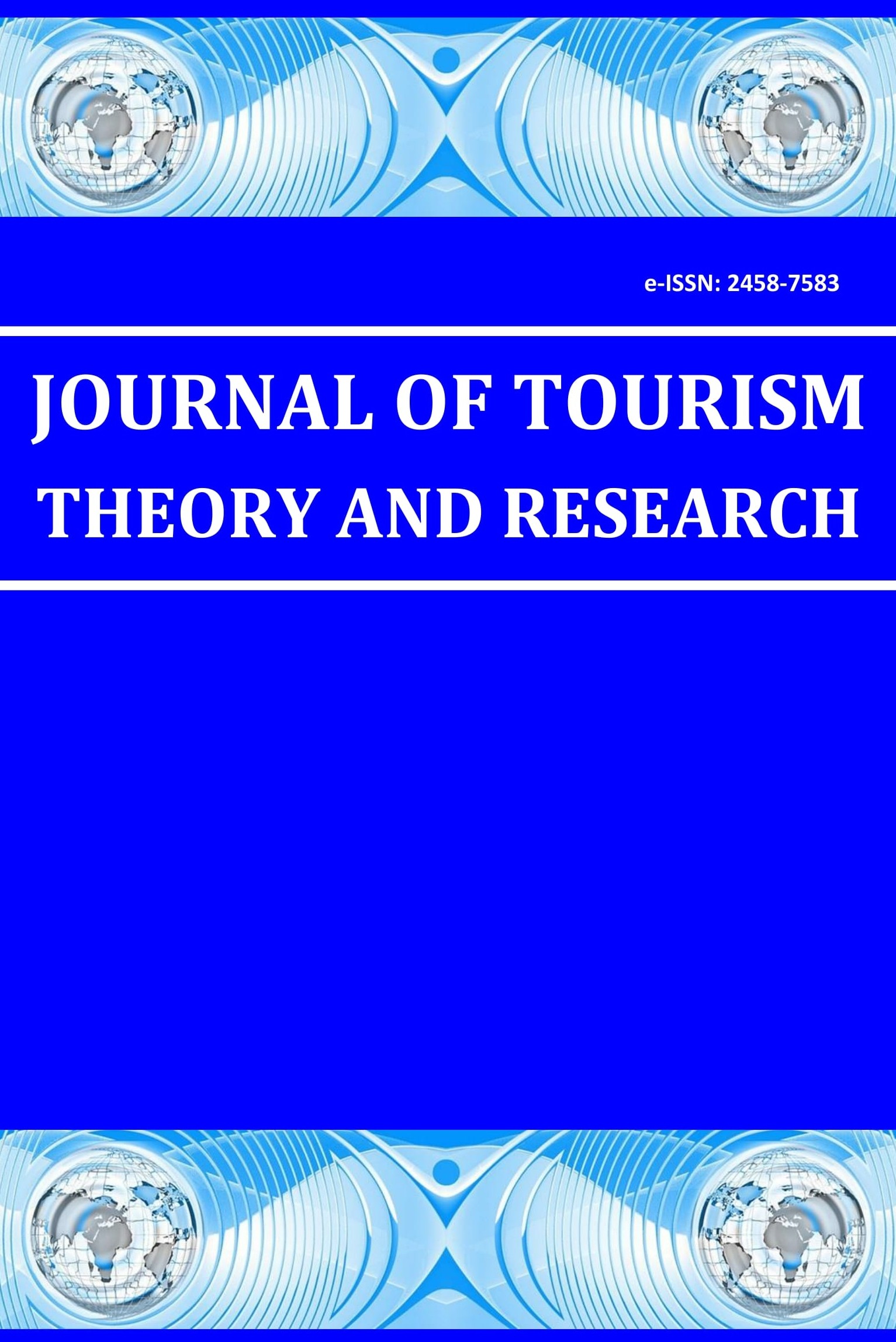Impacts of high speed trains on tourism development: A case study of Ankara-Konya high speed rail lines
Impacts of high speed trains on tourism development: A case study of Ankara-Konya high speed rail lines
Regional and urban transportation systems have a key role in developments in tourism activities. While people prefer air and maritime transportation in cross-country travels, they may prefer rail and road transportation in domestic travels. In domestic travels, alternatives related to transportation play an important role in terms of increasing tourism demand. On the other hand, passenger transportation alternatives such as high speed rail systems, light rail systems, subways and trams in urban areas can play an important role in customer behaviors related to tourism demands. In the past, some factors, such as history, entertainment, food and beverage had an importance; nowadays factors related to transportation have begun to gain importance for customers for comfortable, safe, cheap, speedy and safe travels. If available, high speed trains are mostly preferred by passengers because of these advantages. High speed trains can help reduce the economic and external costs of transportation. International and domestic tourism demands may increase thanks to high speed trains (HST). This paper analyses the impacts of High Speed Trains (HST) on regional and urban tourism development. On the other hand, HST can provide unusual tourism alternatives, passengers may travel to places of interest which are not included in their original itinerary using HST. However, HST can increase tourism demand. Before and after the opening of the high-speed train services, occurred changes related to tourism demand, including customers’ behaviors were taken into consideration and they were analyzed as variables. In this study, the high speed rail line between Ankara and Konya cities is selected as a case study. Impacts of HST on tourism demand are evaluated with the data obtained in the surveys.
Keywords:
High Speed Trains, Tourism Regional Development,
___
- Almeida M. A, (2013), “Environmental Management in Tourism: Students’ Perceptions and Managerial Practice in Restaurants from A Gender Perspective”, Journal of Cleaner Production, 60: 201–207. UNWTO, 2011. International tourism 2010: multi-speed recovery. Available in: (accessed 11.03.11). www. untwo.org. Leiper, N. (1990), “Tourism systems. An interdisciplinary perspective”, Massey University Press, New Zealand: 201 Wang X., Huang S., Zou T. & Yan H. (2012), Effects of the High Speed Rail Network on China's Regional Tourism Development”, Tourism Management Perspectives, 1(1). 34–38. Spiekermann, K., Wegener M., (1994), “The Shrinking Continent: New Time–Space Maps of Europe”, Environment and Planning B: Planning and Design, 21: 653–673. Albalate D., Bel G. (2010), “Tourism and urban public transport: Holding demand pressure under supply constraints”, Tourism Management, 31: 425–433. Dobruszkes F. (2011), “High-Speed Rail and Air Transport Competition in Western Europe: A Supply-Oriented Perspective”, Transport Policy, 18: 870–879. Froidh O. (2014), “Perspectives for A Future High-Speed Train in the Swedish Domestic Travel Market”, Journal of Transport Geography, 16: 268–277. Chen C. L., Hall P. (2011), “The Impacts of High-Speed Trains on British Economic Geography: A Study of the UK’s Intercity 125/225 and Its Effects”, Journal of Transport Geography, 19: 689–704. Delaplace M., Pagliara F., Perrin J. & Samuel Mermet (2014), “Can High Speed Rail Foster the Choice of Destination for Tourism Purpose? Social and Behavioral Sciences, 111: 166–175. Shaw, S. L., Fang, Z., Lu S., Tao R., (2014), “Impacts of high speed rail on railroad network accessibility in China”, Journal of Transport Geography, Volume 40, October 2014, Pages 112-122. TCDD, Report of Sub- Committee of Railway Transportation, Transport Forum, 2013. Peeters, P., Dubois, G. (2009), “Tourism Travel under Climate Change Mitigation Constraints”, Journal of Transport Geography, 18: 447–457. Ivaldi, M., Vibes, C. (2005), “Intermodal and Intramodal Competition in the Long-Haul Passenger Transport Markets”, Idei Report, 9. March. Wilkinson, P. F. (2009), “Predictions, Past and Present: World and Caribbean Tourism”, Futures, Vol. 41(6): 377–386. Becken, S. (2008), “Developing Indicators for Managing Tourism in the Face of Peak Oil”, Tourism Management, 29(4): 425–433.
- Başlangıç: 2015
- Yayıncı: Mahmut DEMİR
